SURFBOARD BUYING GUIDE - Which surfboard should I choose?
There is no natural science to choosing the right board, as there are so many variables, and for many, it leads to a lifelong quest in search of the perfect surfboard.
A quiver is a term used to describe one’s collection of surfboards, and much like a golfer selects the right club for each shot, some surfers will have the right board for the surf conditions on each given day. A collection like this can become addictive, expensive and quickly excessive, while other surfers are happy with a one-board quiver.
There are some fundamental factors you must consider before you start your journey to choosing the right board, and there is a constantly sliding scale of trade-offs between each decision you make.
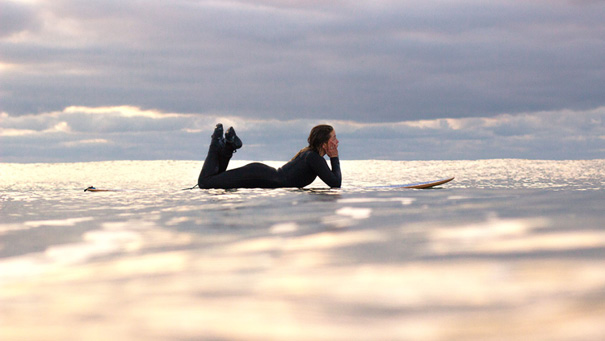
How Long Should My Surfboard Be?
Choosing the right length board is the first decision you should consider.
A longer board will glide across the water quickly and paddle fast so you can catch many waves easily. The downside of a longer board is that if the sea is rough, it will be harder to manage when trying to paddle out. You will find it harder to push through the waves and impossible to sink to duck dive under the breaking waves. Once up and riding, a longer board will be stable but turn slowly. On the other hand, a shorter board will change directions quickly, enabling a surfer to perform progressive surfing manoeuvres. The downside of a shorter board is that it will require a higher level of fitness to move through the water and an increased skill level to master the control.
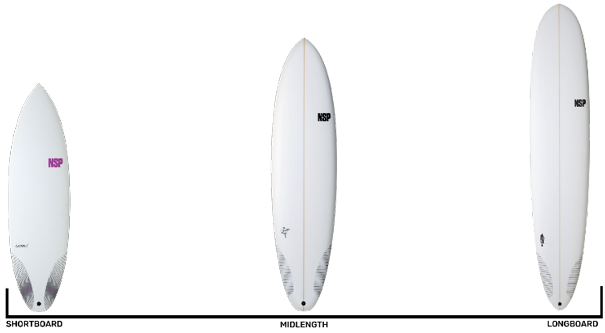
What Type Of Surfboard Should I Choose?
A key factor to consider is where you will be surfing the most and what will the surf conditions be like.
If you only plan to surf small waves in the summer, then a longboard will be a good place to start. You can paddle fast, catch tiny waves, and enjoy the sensation of gliding towards the beach. Shortboards are rarely a good place for a beginner to start, and although you may picture yourself performing radical turns, catching waves will be challenging, and your progression will be slow. For most, a mid-length board is the best place to start allowing you to surf a range of waves and have the freedom to experiment with turning and pumping across the open face of a wave. The mid-length, a mini-mal or funboard, is the biggest-selling category in entry-level surfing.
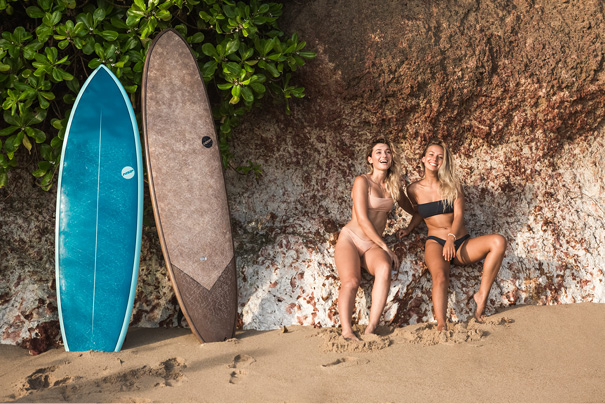
What Is A Hybrid Or Fish Surfboard?
If you imagine a longboard that you squash down from top to bottom, it will become a shorter, wider version of its former self. The glide and stability will remain mostly by maintaining a similar surface area, and the shorter length will allow quicker turns. Wider tails will create lift and forward motion when the wave picks you up, and a wide nose will create stability when popping up to your feet. The increased flat area throughout the board’s middle helps it maintain speed by planning across the water, perfect for waves with low power.
A novice surfer can still paddle fast, catch many waves, and experiment with progressive turns, so these hybrid surfboard models have become very popular.
Like many other tradeoffs in changing surfboard shapes, a wider tail will tend to skip out when waves get steeper, the flatter middle section will not fit well into the curvature of tight waves, and the wider outline will be slower, turning from rail to rail.
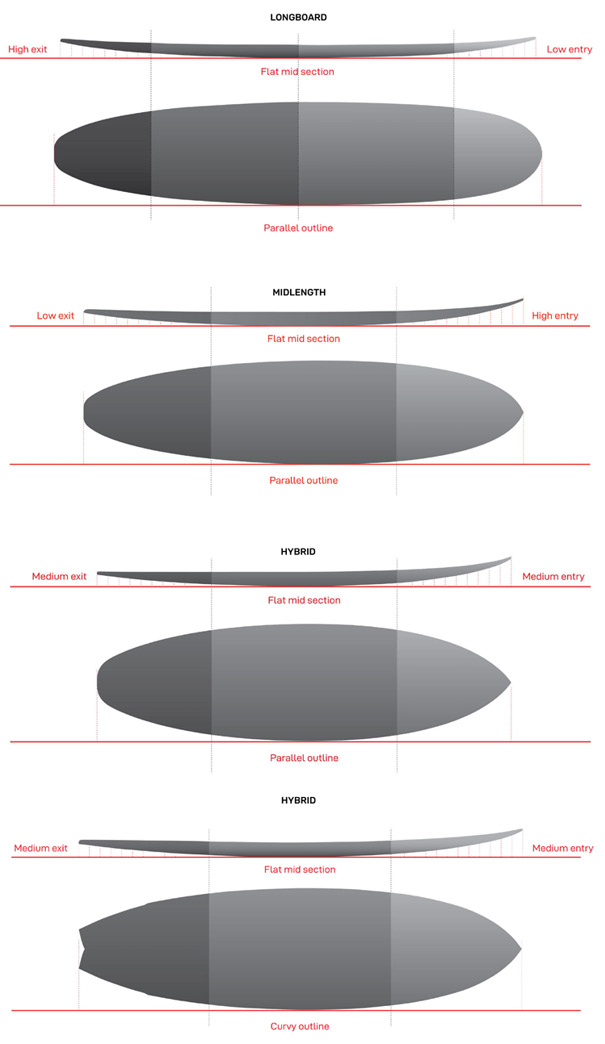
What Are The Different Surfboard Constructions?
PU - Polyurethane foam and fibreglass is the traditional surfboard construction where a shaper cuts a shape out of a foam blank and coats it in fibreglass. These high-performance shapes are delicate and become discoloured if left in the sun.
Epoxy is a more modern lightweight construction with a Secure Cell EPS core produced inside a mould, creating much less waste than traditional PU construction. The core gets wrapped in fibreglass and an Epoxy based resin which is more UV stable so will not discolour as quickly.
Cocoflax or Wood are some new efforts that brands have introduced to produce more environmentally aware products. NSP use coconut husks to replace plastic-based fibreglass matting. This, alongside Epoxy Bio-Resin, may not be 100% environmentally friendly but is a step in the right direction.
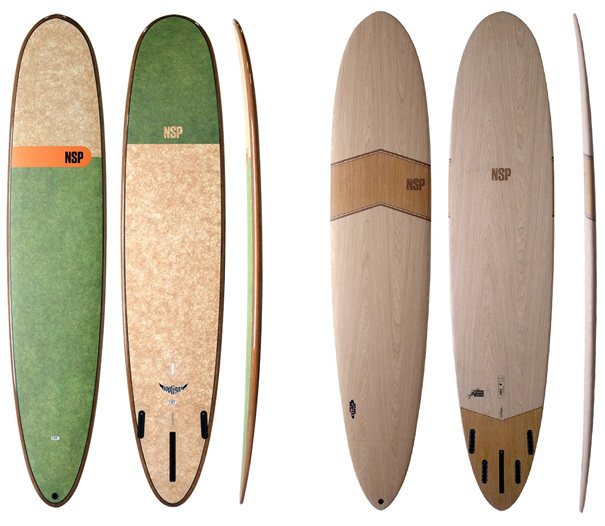
Popout is a term that refers to an almost indestructible rental surfboard often produced by machines in factories using EPS cores wrapped in military-grade fibreglass and a high-impact resistant plastic. The modern designs surf well and are perfect for those looking for a board which will last a lifetime.
Softboards or Foamies are user-friendly, inexpensive beginner boards often found in surf schools. Foamies are an ideal choice for your first experience in surfing because if you fall on or get hit by one, the consequences are much lower. They are hard wearing and have high floatation, making it easier to catch small waves. Foamies have progressed a lot in the last few years and they can happily take you from beginner through to intermediate level before you’ll need to upgrade to keep progressing.
Epoxy Softboards have become highly popular due to their bright colours and fun designs. On the outside, they look like a foamie but essentially they’re Epoxy Surfboards wrapped in a soft, grippy EVA deck and a high-density base. These more expensive softboards are great for beginners or advanced surfers looking for something fun for summer.
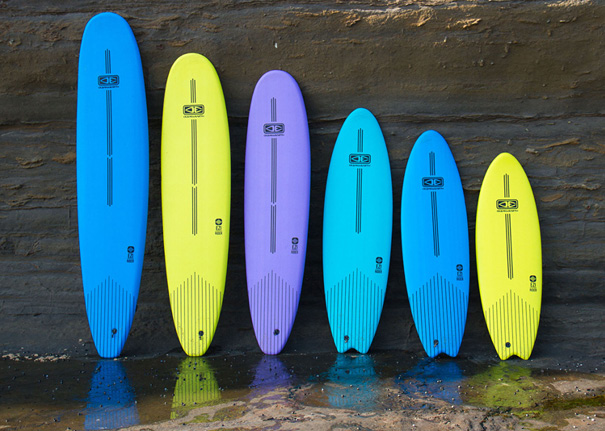
What Surfboard Should I Choose For My Child?
We want children to have fun in the sea safely, and although some kids aren’t afraid of a bit of rough and tumble, we don’t want them to be put off surfing for life with just one Wipeout. For this reason, it is wise that children have adult supervision until they display competence. As you push them into waves, choosing a sizeable stable softboard the whole family can use is a good idea. As your child progresses and they learn to paddle by themselves, they will need a narrower board, and you may consider a child-specific surfboard, such as the Ocean & Earth Bug.
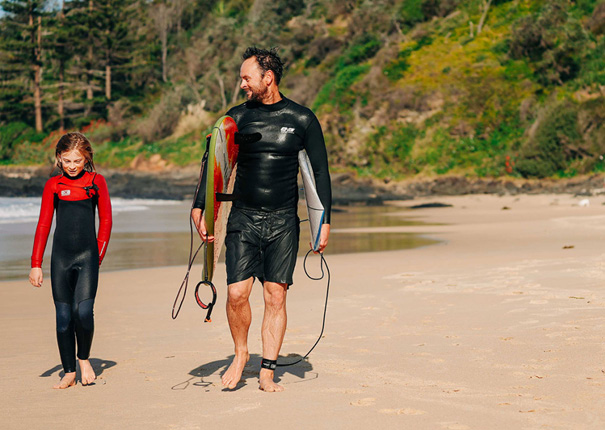
So What Else Do I Need To Know About Surfboards?
Although we have covered some basics to help you start your journey into surfboard selection, we could get super technical with bottom contours, entry and exit rockers and surfboard fin shapes, flex and constructions. You could get so lost and overwhelmed with information that you would never be able to choose a surfboard.
The best information we can give you is this, get in the water and learn to surf. Do some research and buy a board based on your gut feeling, and as soon as you have the bug, you will know what you need to try next. Happy surfing!
Shop Ocean+Earth and NSP Surfboards here.
Updated on 5th June 2023
Originally published on 17th April 2023 in Guides
























































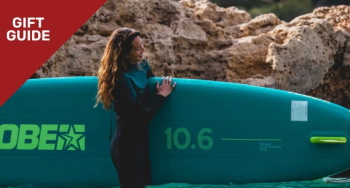

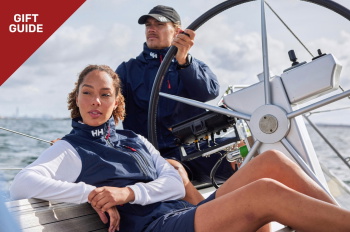

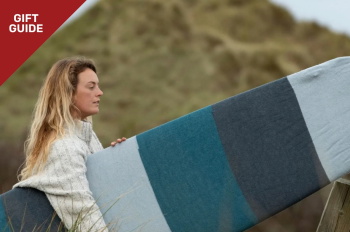
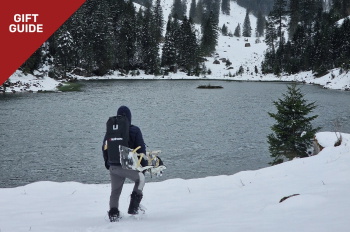
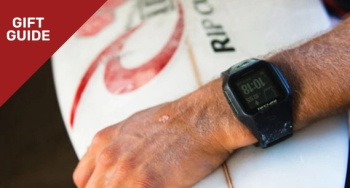
 Visit the US site
Visit the US site  Weiter nach DE
Weiter nach DE